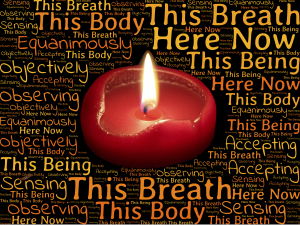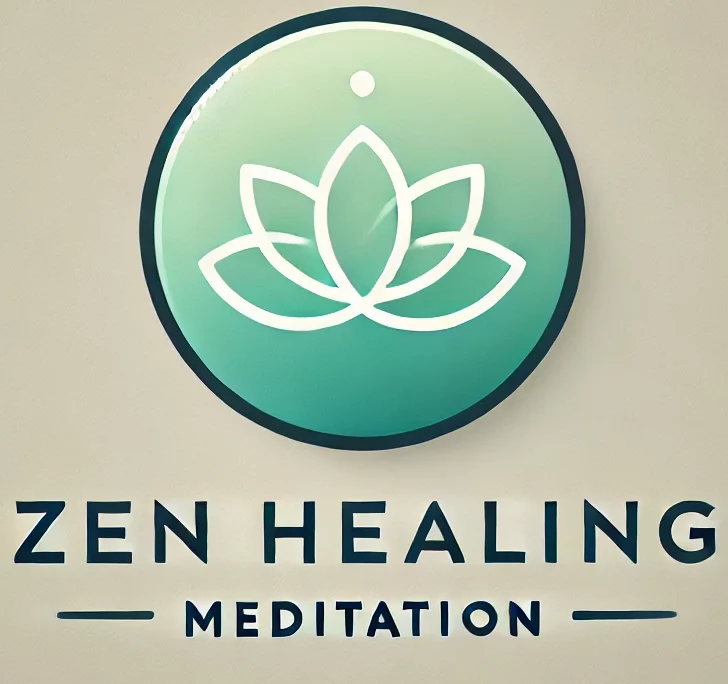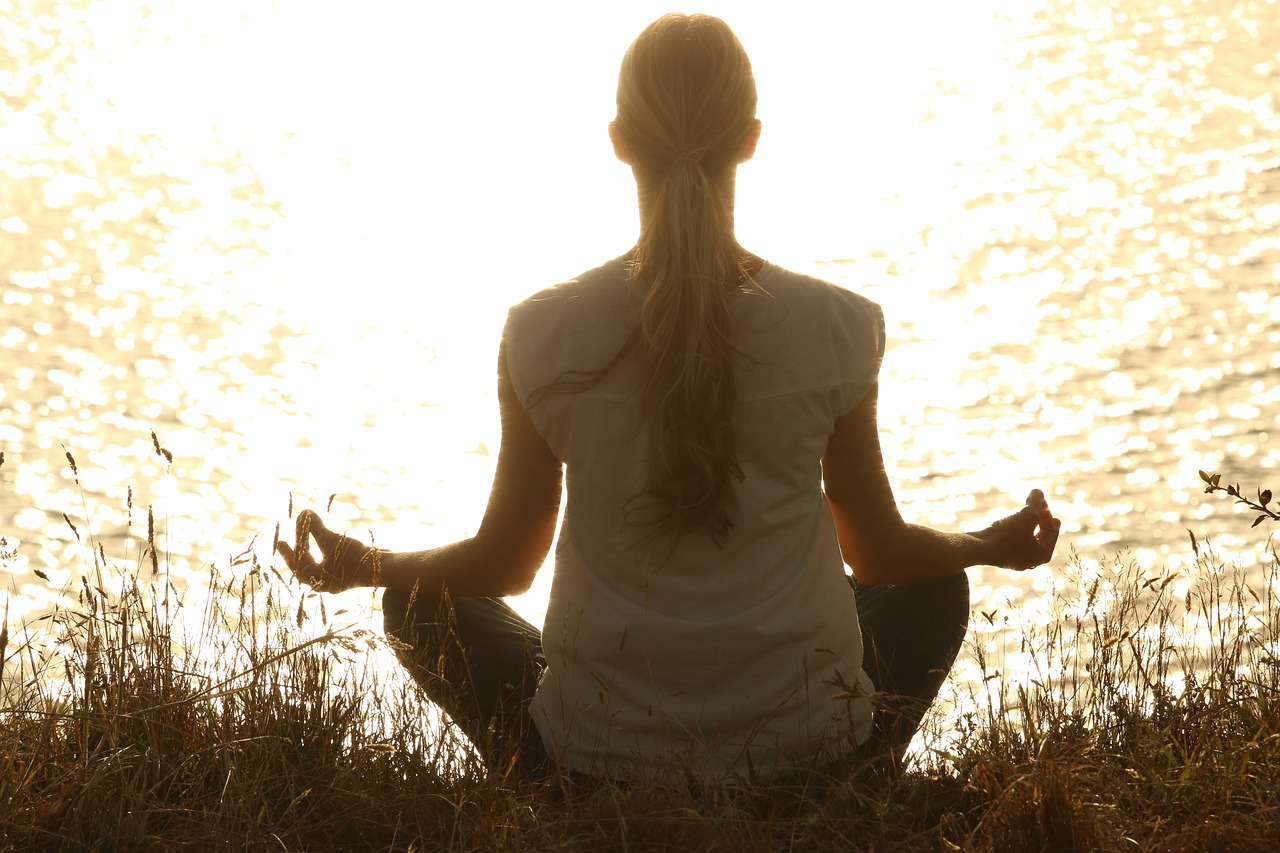 People use the word “meditation” in many different ways, so I will explain my point of view here:
People use the word “meditation” in many different ways, so I will explain my point of view here:
Meditation is a form of energy manipulation to a certain degree.
Its main purpose is to create a conscious control of your “mental subconscious”. This means that the activity itself is a good way to perk up your brain and to become self-aware of the subconscious itself. Who has never dreamed of changing its own personality and bad habits? Well, meditation can help you deal with this information and can help you transform your “old self” into a “new” person.
It can also be an effective form of stress and anxiety reduction and enables someone to focus on the present rather than dwell on the past or the unforeseen future and become a lot more relaxed and focused on their daily tasks. We could go on and on about the benefits and gains of meditation, but to me, the definition is almost like “love”. You can try to explain it, but unless you experience it, you won’t really get it. It all comes down to practice.
One well-known difficulty with meditation is attention-craving distractions.
Such distractions can be for example thoughts that come up or uncomfortable sensations due to your seating position or even an itch. When these enter your awareness, it can become very tempting to divert your attention from the meditation to the distraction and to get caught up in them. Depending on how you’re used to meditating, the struggle these distractions pose can range from virtually non-existent to a roaring chaos. But as the degree of difficulty depends on what you’re normally experiencing, and again, it does get better with practice.
A way to ease the difficulty of distractions is to use a point of focus, for example, the breath. Since the breath is dynamic by nature, it is a grateful point of focus as your desire for novelty is then at least somewhat appeased, and thus the difficulty of distractions is reduced. Deep, full breathing is also very calming and refines your energy. So whenever the distractions become too much, you can switch over to a breathing exercise for a little while and then switch back to the meditation once you feel more balanced again.
 All of this is to have one goal: to slow down and eventually, completely stop the never ending activities of our minds.
All of this is to have one goal: to slow down and eventually, completely stop the never ending activities of our minds.
In reality, meditation is a state of thoughtless awareness. It’s not really “doing something”, it’s more of a “being aware” state. When a person can get to this profound state of deep peace that occurs when the mind is completely calm and silent, yet completely alert, one can only benefit of this. And once you can achieve this state, it becomes more and more of a needed daily practice and it enables us to truly attain our full potential as human beings.

